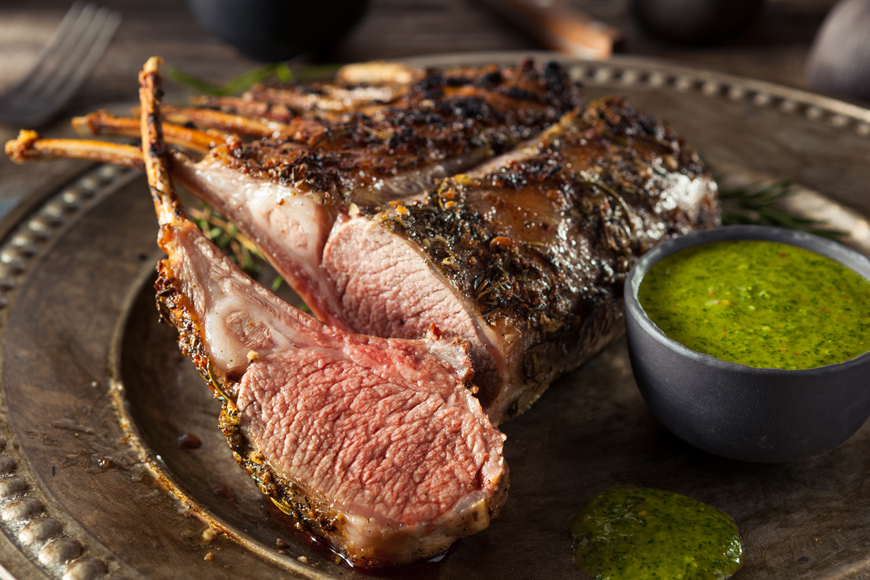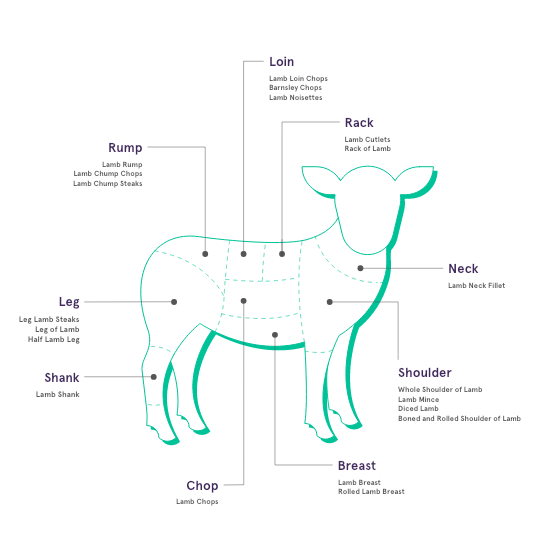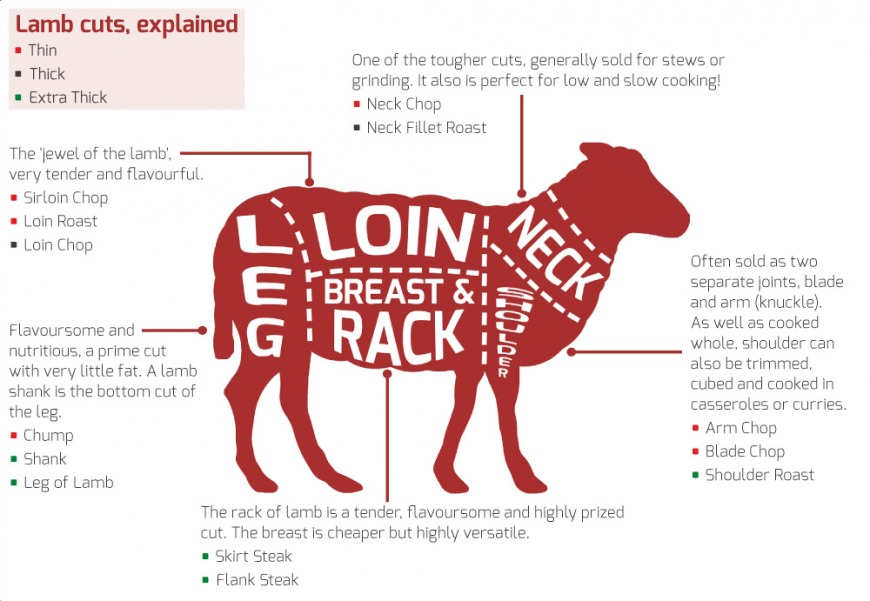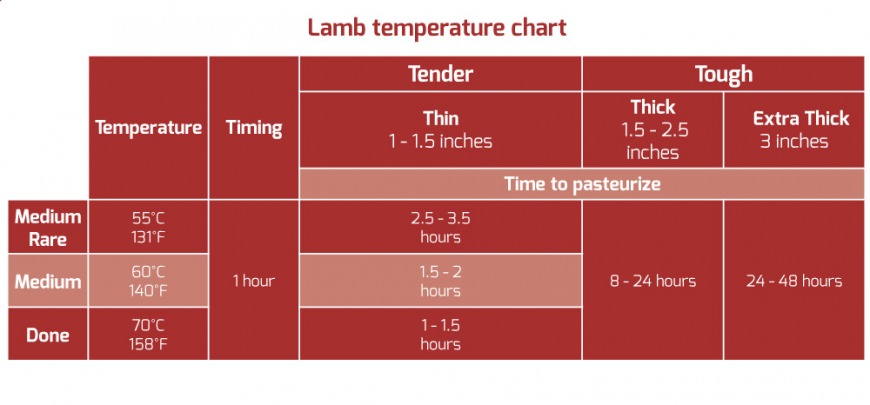Everything You Need To Know About Cooking Lamb Meat
An expensive cut doesn't equal taste.
24 August 2017

The meaty Eid Al Adha feast is here and it’s time to decide on the big menu. Yep, we know you’re thinking about the fail-safe lamb roast, lamb shanks and may be kebab skewers. So far so good, they’re all popular and delicious but a tad conventional.
How about spicing things up with a whole lamb roast? Or experimenting with the juicy ribs? Sounds unfamiliar but that’s because we usually stick to the popular meat cuts, often ignoring some underrated and delicious meaty parts.
Here’s a quick and easy guide to stick to your refrigerator so that you always remember to make the most of this chewy meaty delight this Eid Al Adha.
Understanding various lamb cuts
When it comes to buying lamb meat, the first rule is always to opt for organic or free-range lamb that has lived in the open fields.
The second important thing is to understand the lamb cuts that are divided into large sections called primal cuts. These large cuts are then broken down further into individual retail cuts that you buy at the supermarket or butcher's shop.
Check out the chart below to understand various lamb cuts.

image credit: medium.com
Expensive cut doesn't equal taste
Another important thing to realise is, pricey cuts don't always guarantee the best meat. In fact, lamb pieces that have a large bone attached are often the most flavoursome and tender, where the collagen and marrow from the bone are released when cooking, tenderising and flavouring the meat. For instance, loin chops are lean, tender and delicious whereas Lamb shanks practically melt off the bone when they are slow-cooked and are a popular menu item across the country.
Here's a quick guide to understanding the purpose and flavour of various lamb cuts:

image credit: www.grantcreativecuisine.com
Lamb cooking temperature
Just like beef and other types of meats, different lamb cuts require different levels of heat to cook, depending on their thickness. The time difference can vary from 2 hours to 24 hours depending on their fatty properties, marinade ingredients and cooking method.
The chart below can give you a fair idea about the time required to cook a lamb piece.

image credit: www.grantcreativecuisine.com














